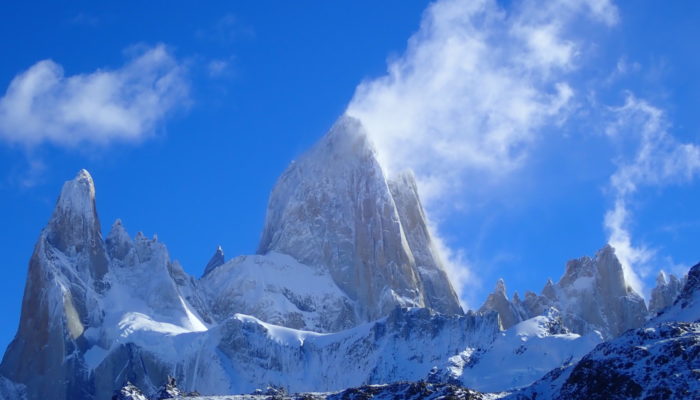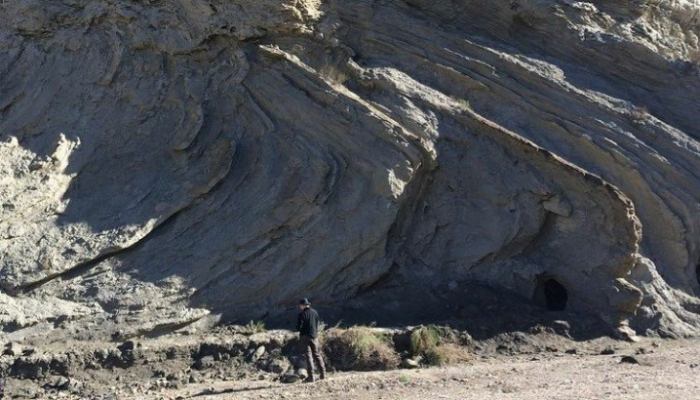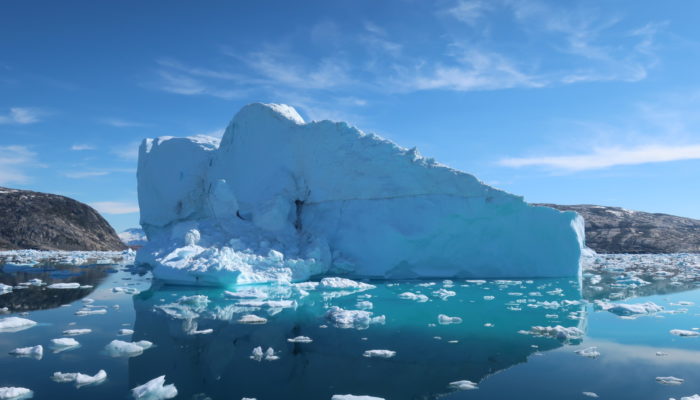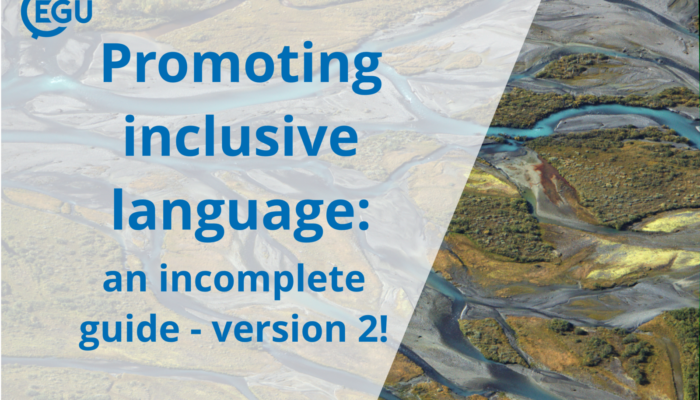The genesis of the idea to explore the influence of certain papers on shaping the field of tropospheric chemistry came when editing a textbook chapter I had written a decade earlier. As I edited it I thought, what really is new; text-book worthy over the last 10 years? In some senses what is text-book worthy at all? These type of questions inspired me to think about where atmospheric chemistry has ...[Read More]
Nonlinear Processes in Geosciences
NP Campfire: “Perspectives on Climate Science: from historical developments to research frontiers”
Recently, the European Geosciences Union (EGU) started to support a new type of event called ‘Campfires’ that will give the Divisions the freedom to run online interactive events in a way that suits their needs. This allows the EGU Divisions to encourage interactions in their research communities through virtual informal meetings. In this framework, and thanks to a group of young and established s ...[Read More]
Soil System Sciences
The importance of our SSS (…Soil Support Staff!) #3
Happy New Year! It’s January, and time for us to continue our monthly series of blog posts dedicated to highlighting the great work carried out by technicians, laboratory assistants, and research support staff in soil science. This month, we sat down (virtually, of course) with Jonathan J. Gottlieb (J.J.), the Head of the Laboratory for the Conservation of Waterlogged, Organic, Archaeological mat ...[Read More]
GeoLog
Imaggeo On Monday: “Smoking” peaks of the Patagonian batholith
The indigenous name of the 3405 meter high Fitz Roy mountain in Patagonia, on the border between Argentina and Chile, is frequently translated as “smoking mountain”. This photo may visually explain an origin of this name. On the day the photo was taken, vortices downwind of the peak drew warmer, humid air from below, forming banner clouds at the leeward site of the Fitz Roy mountain an ...[Read More]
Geodynamics
The Sassy Scientist – The Twelve Steps (of Academia)
Furious yet disillusioned by a bunch of anonymous reviewers, of which most have provided zero insight through their nugatory reviews and displaying unambiguous bias towards a non-inflammatory, well-worded and a scientifically substantiated manuscript, Txabi demands to know: Why are many reviewers still insisting on anonymity? Dear Txabi, There is indeed such a segment of the academic community, wh ...[Read More]
GeoLog
GeoPolicy: EGU science for policy: what’s coming up in 2021?
There were a lot of big changes to the EGU’s science for policy programme in 2020 with many of our activities, such as the annual science for policy event and science-policy pairing scheme, moving online. But 2021 promises to be an even bigger year with a greater number of opportunities to engage and activities becoming even more accessible! So, if you haven’t engaged with science for policy befor ...[Read More]
Tectonics and Structural Geology
#OnTheRocks – Because Earth is just beautiful!
From the time the first Kodak camera in 1888 went on sale we can say with confidence a geologist somewhere was trying to capture field photographs. We love to capture the beauty of the field and every geologist has a story to tell. The EGU would like to connect these stories globally in our new #OnTheRocks series. #OnTheRocks will produce a compilation of geological photographs on different scales ...[Read More]
Cryospheric Sciences
Image of the Week – Icebergs increase heat flux to glacier
Icebergs are ubiquitous in Greenland’s fjords, melting and releasing freshwater as they float towards the open ocean. The amount of freshwater released from these icebergs can be vast – the equivalent of around 50,000 Olympic swimming pools per day in some fjords. New research reveals that this freshwater causes fjord currents to speed-up, which can actually increase the amount of heat delivered t ...[Read More]
GeoLog
EGU Photo Competition 2021: Now open for submissions!
If you are registered for the 2021 online General Assembly vEGU21 (19 – 30 April), you can take part in our annual photo competition! Winners receive a free registration to next year’s General Assembly! The eleventh annual EGU photo competition opens today, 15 January. Up until 31 March, every participant pre-registered for the General Assembly can submit up to three original photos a ...[Read More]
GeoLog
Accessibility at EGU: Promoting inclusive language, an incomplete guide – VERSION 2!
Like all people, geoscientists can sometimes forget the importance of language. How scientists use language is important because it not only allows us to communicate effectively with different groups, from policymakers to concerned citizens and other researchers, but it can also influence how people respond on an emotional or personal level. The way we use language can even influence how much som ...[Read More]










